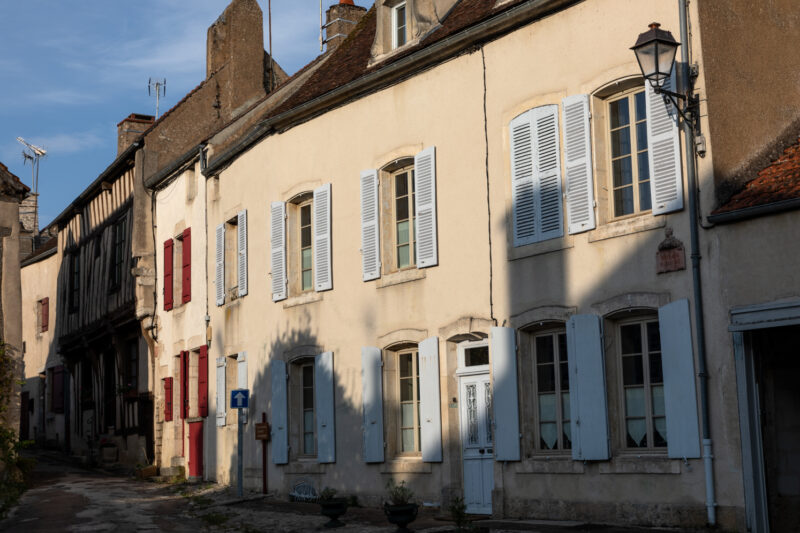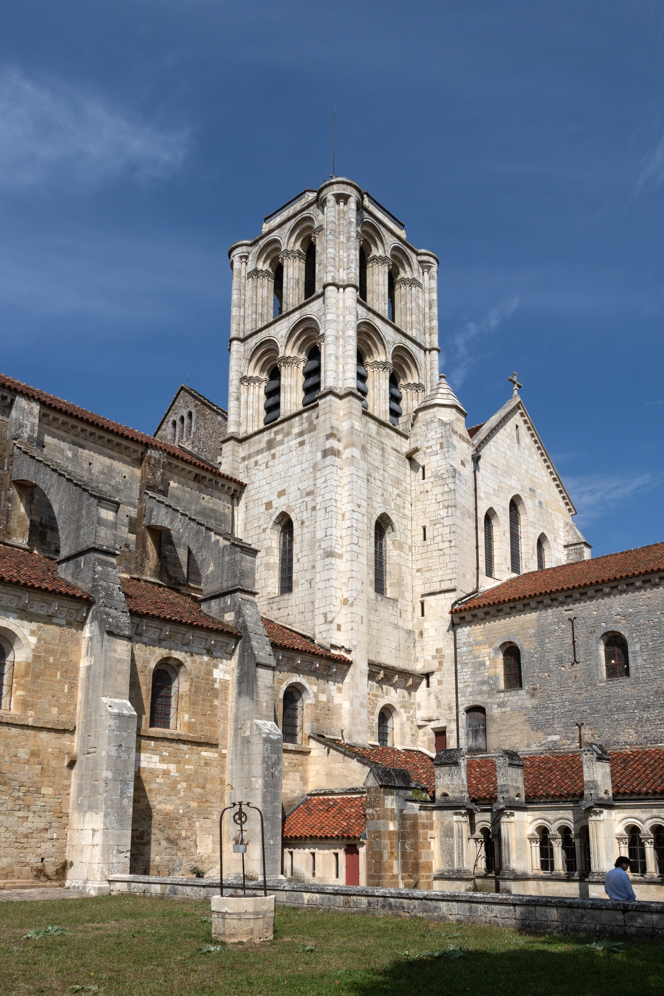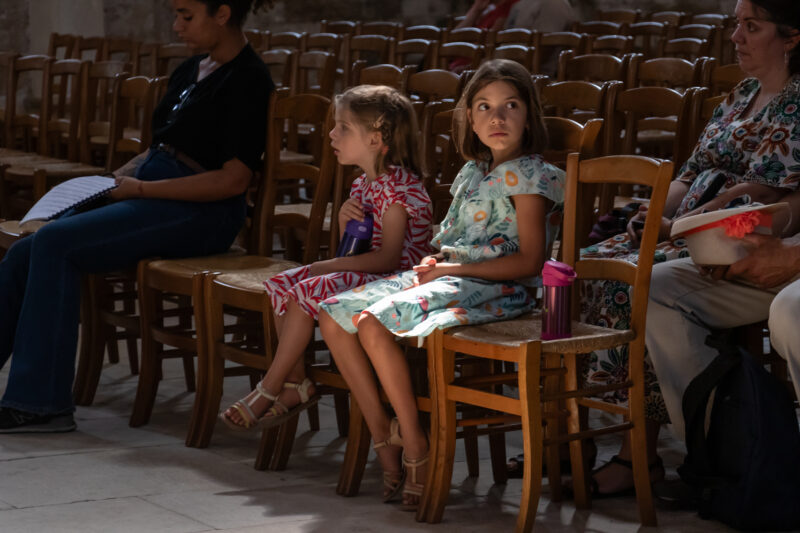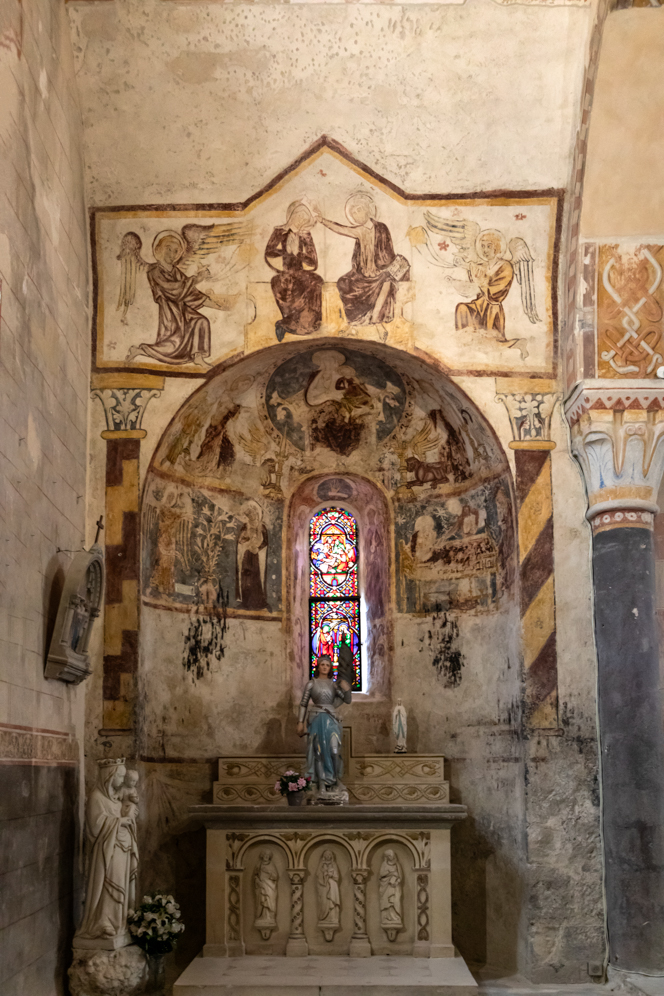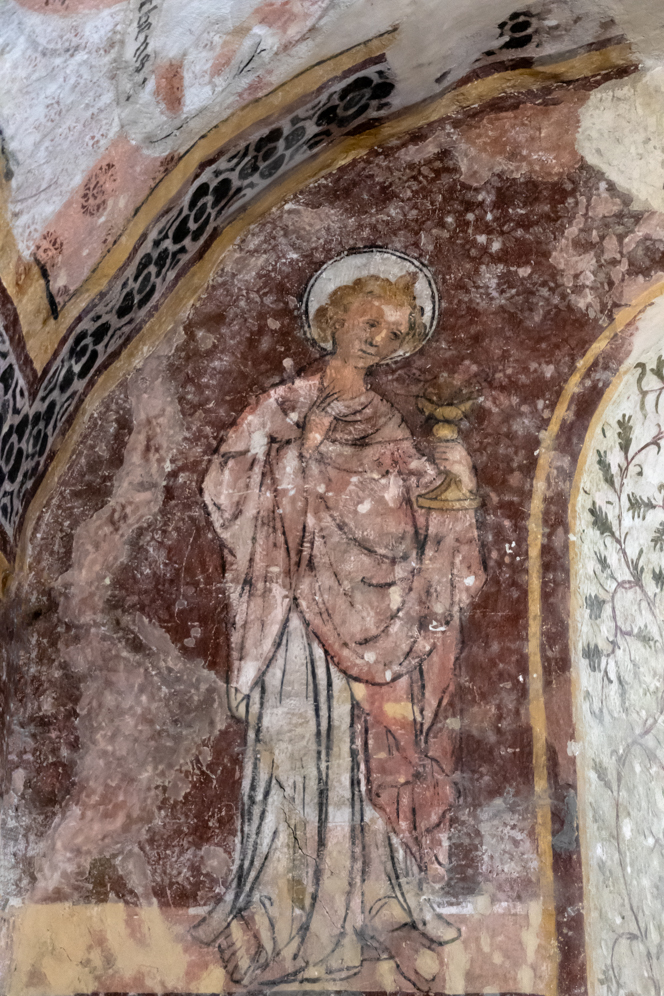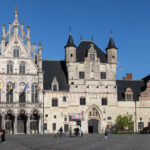Travelogue France and Spain 2024 (I)
Travelogue
France and Spain 2024 (I)
Slow traveling through Belgium and France on our way to Spain.
Period 27 August 2024 – 28 September 2024. Distance 7,130 km.
This time we wanted to drive on provincial roads to Spain with only limited use of toll roads. “Slow traveling” through Belgium and France. In Spain we wanted to descend along the east side, then diagonally north via Andalusia. This part of the report describes the route we drove through Belgium and France to the Spanish border. Part II, which will be published soon, will describe the roundtrip we made in Spain.
Please note that when you click on the green headings above the paragraphs, you will be directed to the pertinent photo series on our photo website SmugMug, where you will find more photo’s of this trip.
Route
- Zeeland – Floreffe (BE}
- Floreffe (BE) – Dinant (BE) – Givet (FR)
- Givet (FR)-Noyers
- Noyers – Vézelay -Entrains-sur-Nohain
- Entrains-sur-Nohains – Jenzat – Charroux
- Charroux – Louchy-Montfand – Contigny – Fleuril – Taxat-Senat – Verneuil-en-Bourbonnais – Charroux
- Charroux – Salers
- Salers – Auxerre – Figeac – Cahors – Montauban – Grenade-sur-Garonne
- Grenade-sur-Garonne – Fos (FR) – Vielha (ES) – Huesca (ES)

Highlights of this trip
Dinant
Dinant is located in the Belgian province of Namur. The view of the old city from across the river Meuse is beautiful.
Saxophones are set up throughout the city and the saxophone pops up everywhere in images, shop windows, etc. which gives the city something festive. Adolphe Sax, musical instrument maker and inventor of the saxophone, is from Dinant.
We strolled through the city and visited the Collegiate Our Lady of Dinant. An impressive building.
Noyers
Noyers is a member of “Les Plus Beaux Villages de France”. Noyers is located in the Yonne department in the Bourgogne-Franche-Comté region. It is indeed a beautiful village. The history here lies in every stone, church, chapels, ruins of the old castle, squares and cobblestone streets and the half-timbered houses. All protected by its ramparts with sixteen towers and three fortified gates.
Vézelay
Vézelay, in the Morvan, is also member of “Les Plus Beaux Villages de France”. It is located on a steep hill with the Sainte Madeleine Basilica on top. Unfortunately, commerce has the upper hand on the steep climb to the church. But the abbey church is impressive. The church is on the UNESCO World Heritage List. In a way, the church is austere, but because of its enormous size, especially its height, it becomes a special building.
A children’s choir was practising and the young pure voices sounded beautifully thanks to the special acoustics of the church.
Charroux
Charroux, trading town in Le Bourbonnais, is a romantic French village and part of “Les Plus Beaux Villages de France”. Charroux is famous for its mustard. It is an attractive village with narrow alleys and nice shops. We had a unique camper spot on a hill with a beautiful view over the valleys.
In Jenzat, near Charroux, I visited the lute museum: Maison de Luthier. The instruments in the museum are so-called hurdy-gurdies. The hurdy-gurdy is the traditional musical instrument of Auvergne. A tiny, charming museum with a real director.
La Route des Églises Peintes du Bourbonnai
When we visited the Église Saint-Martin in Jenzat we read that the church is part of the route of churches with murals in the Bourbonnais: La Route des Églises Peintes du Bourbonnais.
There is an association that aims to make known and raise awareness among a wide audience the rich heritage of the murals from the eleventh to the sixteenth centuries that adorn 25 Romanesque and Gothic churches in villages in the Bourbonnais. The route includes Cluniac sites and crosses the paths of Santiago and Saint-Martin
We decided to stay a day longer in Charroux and visited 7 of the 25 churches. Of these 7 churches, we found the murals in the Église Saint-Pourçain in Louchy-Montfand and the Église Saint-Julien in Saulcet the most beautiful.
More information can be found on the website of the association: https://route-des-eglises-peintes.fr
Comments are closed.





